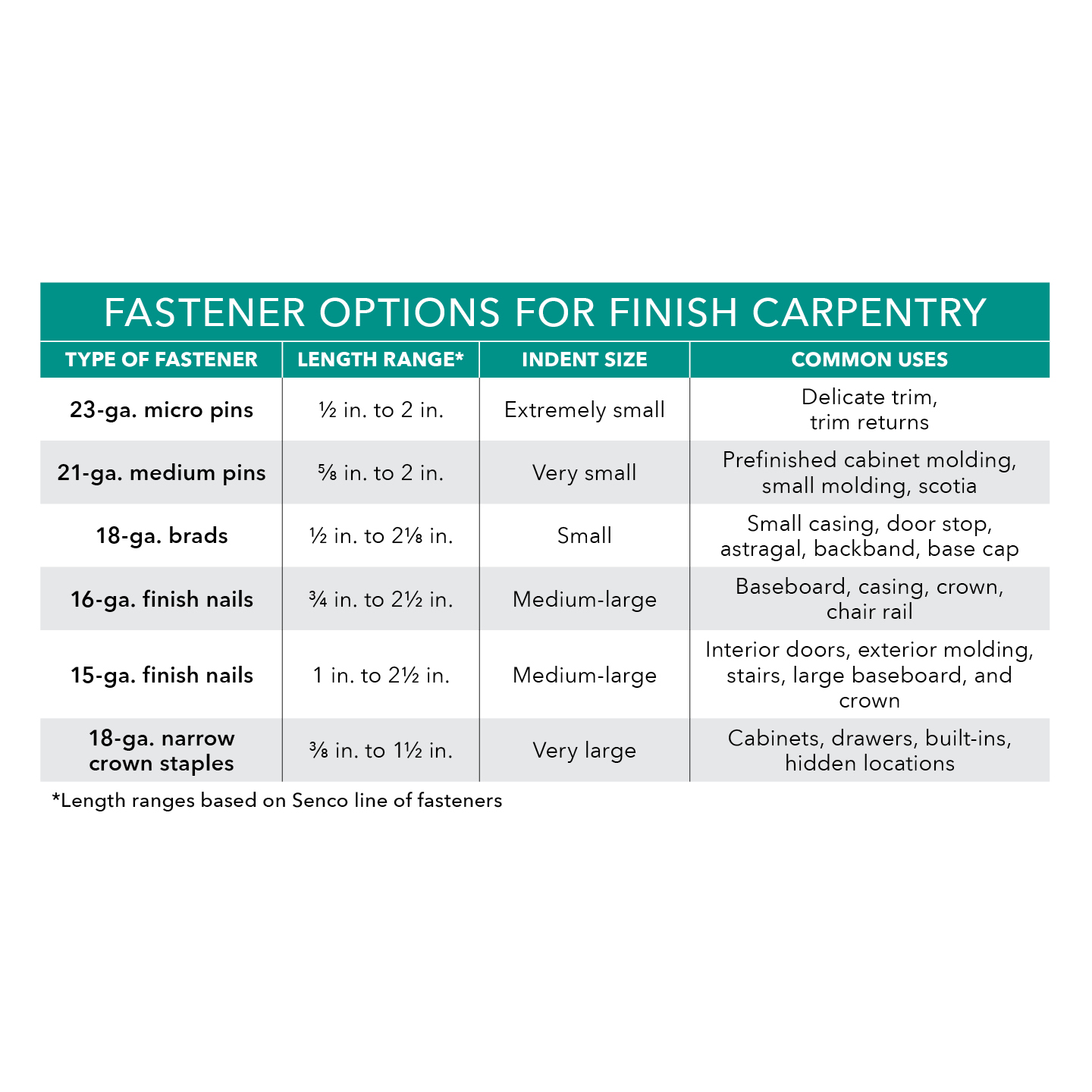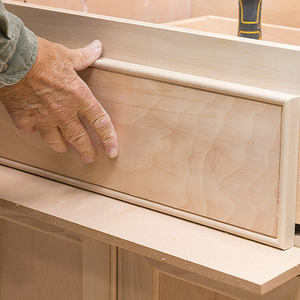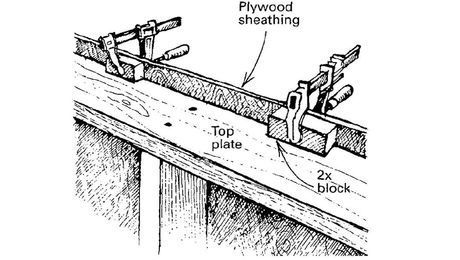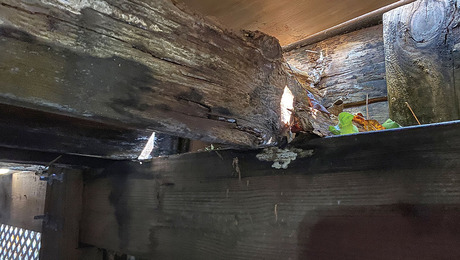Traditional Cabinetry From a Modern Material
Raised-panel assemblies made from MDF are dimensionally stable, cheaper than solid wood and easy to mill.

Synopsis: A cabinetmaker uses medium-density fiberboard (MDF) to simplify the process of building paint-grade cabinets with traditional frame-and-panel details. A sidebar explains how to make a solid MDF door. His approach saves time and money, and once installed the cabinets look just like those made with traditional materials and techniques.
A year after I installed a fireplace surround that included large, solid-wood raised panels, I was called back to replace a frame that had blown apart when its panel expanded in summer humidity.
When I made the surround, I had left room for the poplar panels to expand. But there wasn’t enough expansion space for the largest panel, measuring about 3 ft. by 6 ft. It was too late in the game to change the surround’s design, so I made a replacement panel out of medium-density fiberboard (MDF), which is far more dimensionally stable than solid wood. Since then, the job has been problem-free.
After that callback, I decided to change my production methods to develop an efficient system for making paint-grade raised-panel cabinets from MDF that are less susceptible to changes in humidity and temperature than solid wood. I’ve now used the system on several cabinet jobs with fine results.
By milling one-piece face frames and frame-and-panel components out of MDF, I can save the considerable labor required for traditional stile-and-rail joinery. In some cases, I use the same piece of MDF both for the frame and for the raised panel. The cutout, or offcut, from the frame becomes the blank for the panel.
As the price of solid wood increases and high-quality stock becomes scarce, man-made alternatives such as MDF are becoming more attractive. As long as the project is to be painted, MDF has several advantages over solid wood. MDF is generally cheaper, always available and perfectly flat.
Dimensional stability is just one reason why MDF is ideal for raised panels. Because the material is manufactured in 4-ft. by 8-ft. sheets, it can be used to make large panels that don’t have to be glued up from separate boards. It also mills cleanly. With no grain, there is little or no tearout.
Face frames from one sheet of MDF
The first step in making the cabinet face frames is cutting the MDF to the overall outside dimension of the frame. Then I mark the outline of the stiles and rails in pencil. I cut these lines with a small circular saw, finishing up the corners with a jigsaw.
The edges of the face frames have to be clean and smooth because they will be clearly visible when the cabinet door is opened. I clean these edges up with a router and a bearing-guided, flush-cutting bit. The bearing on the bit rides against straightedges that I tack to the face of the face frame. The rounded inside corners produced by the router bit can be squared off with a file. Once the first face frame has been completed, it can be used as a template for other cabinets of the same size.
For more photos, drawings, and details, click the View PDF button below:


























